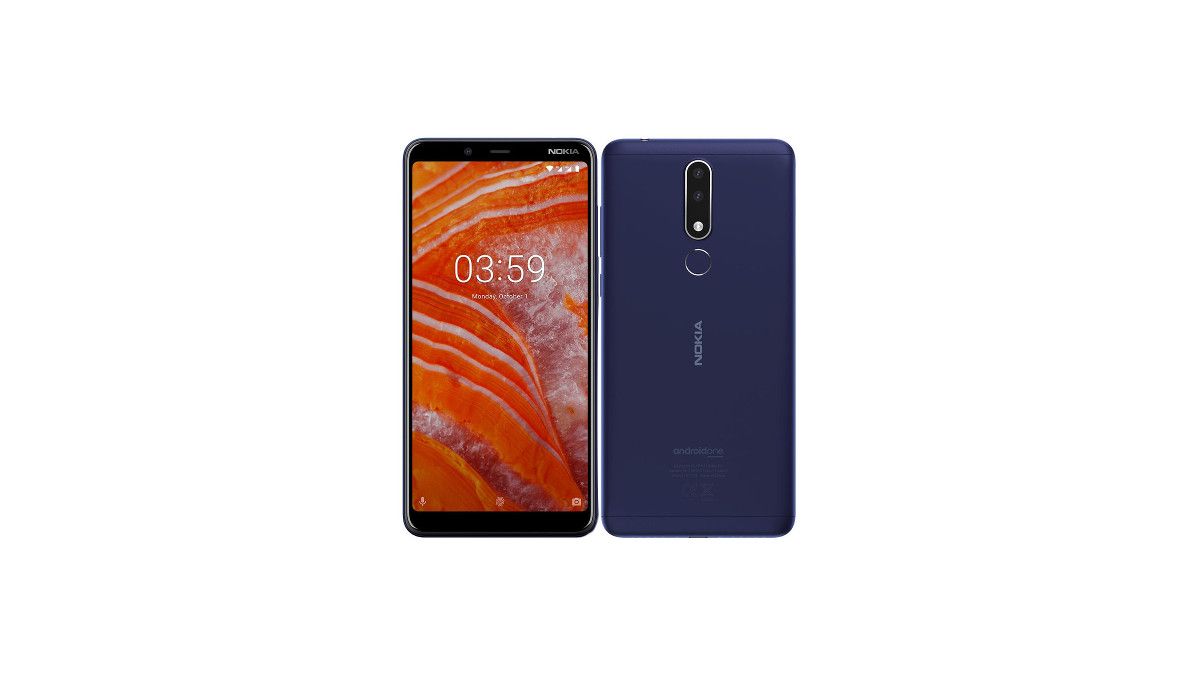Six months after the release of Android 9 Pie, we are starting to get a better idea of the Android update situation relative to Android Pie. Samsung and Huawei, the market's top two players, have nearly finished rolling out Android Pie updates to their flagship phones. The time taken to roll out updates has generally taken a while for both companies, in some cases going up to a delay of five months. On the other hand, smaller players have had a chance to shine. OnePlus improved its update record by rolling out Android Pie-based OxygenOS 9.0 quickly to the OnePlus 6. The star of this update generation, however, has been HMD Global.
HMD Global has outperformed much bigger companies in the field of Android updates. The argument can be made that the company already has an advantage as all new phone releases are powered by the Android One platform. However, HMD Global has excelled even against competitors using Android One such as Xiaomi and Motorola. The company has rolled out Android Pie to an increasingly growing list of devices, ranging from the Nokia 6 (2017) to the low-end Nokia 2.1. Now, Juho Sarvikas, Chief Product Officer at HMD Global, has announced that the Nokia 3.1 Plus has started receiving its Android 9 Pie update.
The Nokia 3.1 Plus was released in October. It launched in India for ₹11,499. It is an upgraded variant of the Nokia 3.1, and its list of specifications includes the MediaTek Helio P22 SoC, 2GB/3GB of RAM with 16GB/32GB storage, 6-inch HD+ (1440x720) 18:9 display, 13MP + 5MP (depth sensor) rear cameras, 8MP front camera, and a 3,500mAh battery.
In its Android Pie update roadmap, HMD Global had stated that the phone would receive Android Pie by the end of January. Although the company hasn't quite lived up to its promise, it is still enjoying a comfortable advantage over other phones in this price range. We applaud HMD Global's update record and advise other competitors to take a leaf from the company's book.

